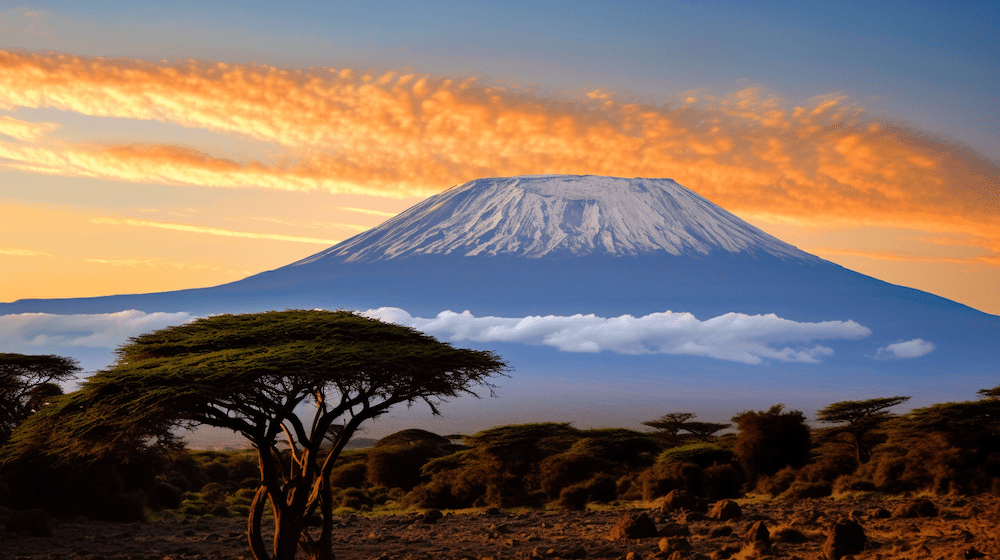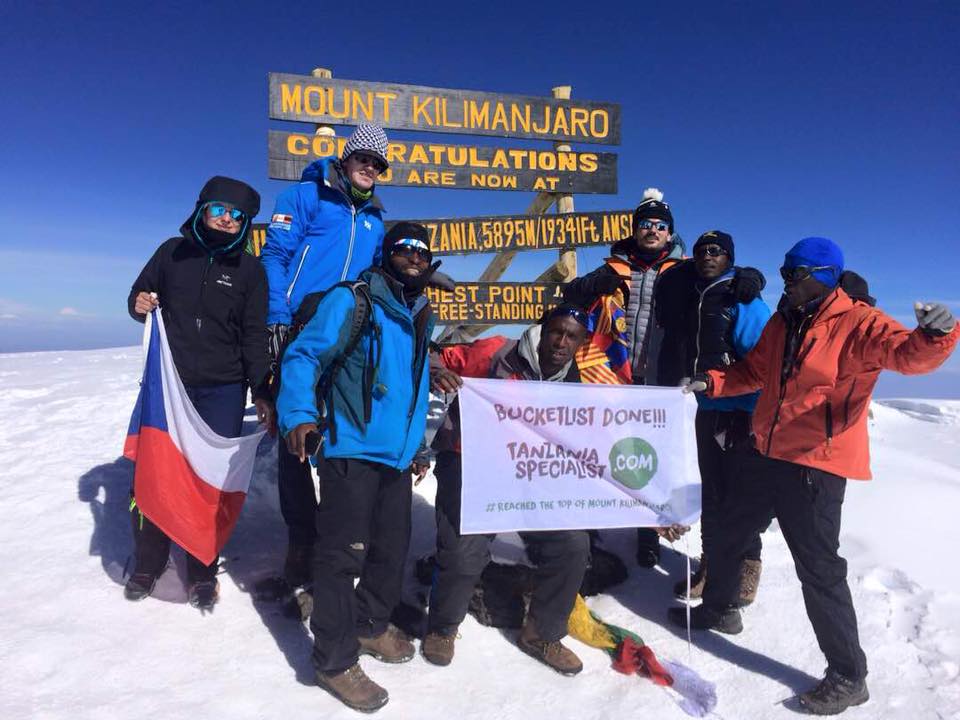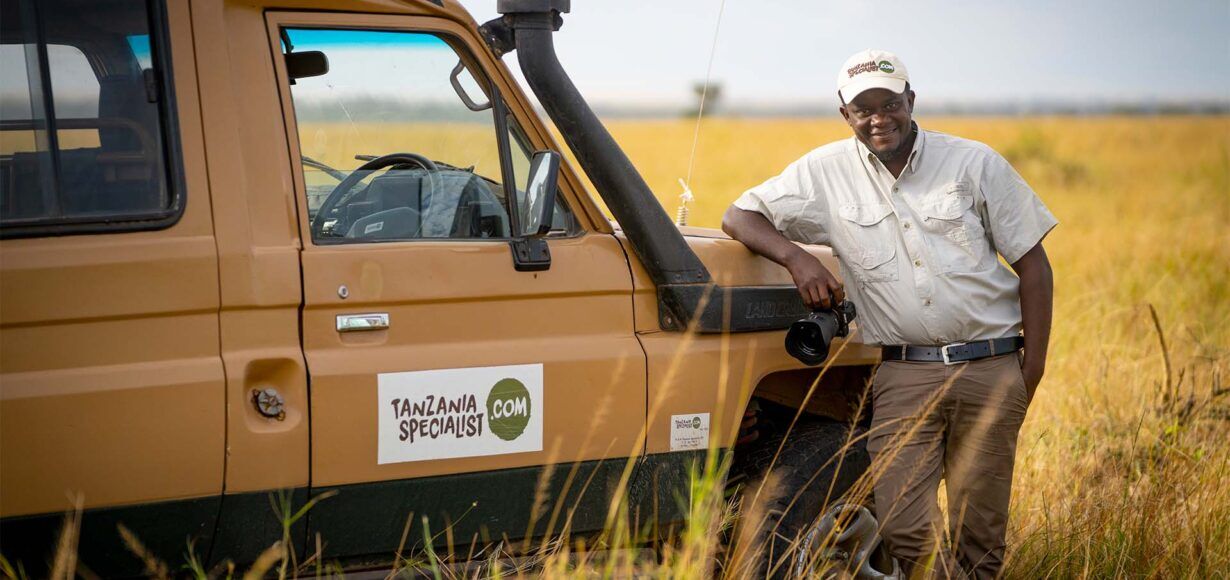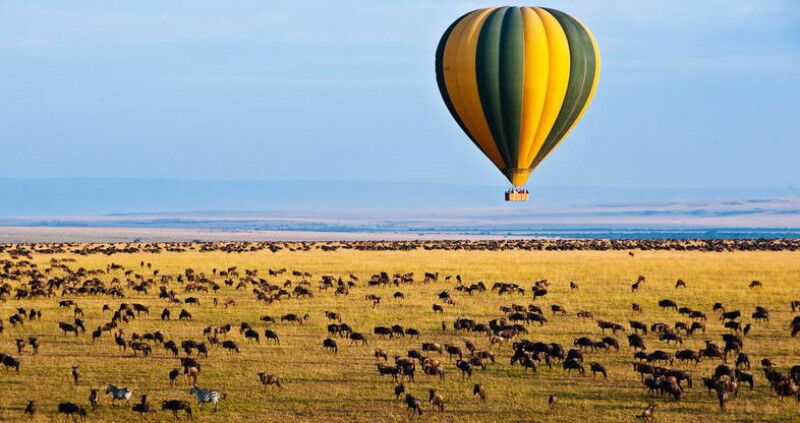
23 November 2021
Going on safari in Africa is an experience that you certainly won’t ever forget, and epic safari photography makes sure that you are able to share the incredible experience with family and friends. In fact, the photos that you take while on safari are one of the best ways to share this experience with the ones you love. For that reason, you will want to make sure you are able to take the best pictures you possibly can.
Here, travel blogger and photographer Josh from the Wanderlust Travel and Photos Blog delves into some of the best tips and tricks that he has learned during many years of landscape and wildlife photography. “Using these tips, I can assure you that you will be able to capture some very memorable photographs that you will treasure for a lifetime,” says Josh.
1. Safari Photography 101: The Right Camera Equipment
One of the easiest ways to improve your safari photographs is to make sure you have the right camera equipment with you. You will be spending quite a bit of time in a vehicle while on safari, and you will be photographing animals outside the vehicle. This makes photography while on safari very different to other types of photography that you might shoot.
Having the right equipment with you will keep you more comfortable, keep your camera safe, and allow you to capture more captivating photographs. If you would like to know more about what types of photography equipment I would recommend bringing on safari, make sure you check out my Safari Photography Guide.

2. Use Shutter Priority With a Fast Shutter Speed
This is a critically important step. Unless you are planning on shooting a stationary object such as a landscape, you will need to make sure your camera is set to “Shutter Priority” mode. If your camera doesn’t have a Shutter Priority mode, then you will want to make sure it is set to “Action Shot” or your camera’s equivalent. Doing this will allow you to free the motion of the animals that you are photographing. If you don’t adjust this setting, the pictures that you take will wind up blurry.

When your camera is set to Shutter Priority mode, you are able to specify which shutter speed you want to use. Then your camera decides which aperture to use to get the best exposure. If you are unfamiliar with the concepts of shutter speed and aperture, read more in my article on taking pictures in low light situations.
Essentially, by adjusting how fast your camera takes the picture (the shutter speed), you are able to freeze the motion of the animals that you are photographing. Depending on the animal you are shooting and what they are doing, you are going to want to adjust the shutter speed to get the shot. For instance, if I am shooting a buffalo that is sitting still and grazing, I can safely use a shutter speed between 1/50 and 1/320 of a second and not have any motion blur. However, if I am shooting a cheetah running, then a much faster shutter speed of 1/1000 to 1/1250 of a second will be necessary.

3. Use the Rule of Thirds for the Best Safari Photography
One of the best tips for framing the photographs that you take is to use the Rule of Thirds. This is a great general photography tip that can be especially useful while on safari photographing wildlife. Instead of composing all of your shots with the animals in the centre of the frame, try to compose your shots with the animals to either the left or the right of centre. By following this rule, you will compose shots that are much more interesting to the eye.

In my example below, I have taken two shots of the same elephant that we encountered while on safari in Lake Manyara National Park in Tanzania. In the shot on the left, I have centred the elephant in the middle of the frame. On the right, I followed the Rule of Thirds and positioned the elephant in the right third of my shot. Judge for yourself as to which of the two photographs is more visually appealing.
4. Focus on the Eyes
If there is only one tip you take away from this article, then I hope it’s this one! The cardinal rule for wildlife photography is to always focus on the eyes of the animals that you are photographing. Instead of just snapping a lot of photographs when you see an animal, wait for the animal to look your way. Then make sure you focus on their eyes.

By focusing on the animal’s eyes, you give the viewer the perception that the animals are looking through the photograph – directly at them. This will create much more captivating photographs than pictures where the animals are looking away. This is especially important if you are taking a close-up shot of an animal. This is what I did here with this shot of a lioness in the Serengeti National Park. It takes some patience, but focusing on the eyes of the animals is the single most effective way to make your safari photographs more memorable.
5. Always Have Your Camera Ready
The last safari photography tip that I have for you is to always keep your camera ready while on safari. You never know what animals will be around the next turn, or what you might see over the next ridge while on safari. If you don’t have your camera ready, you might miss a wildlife photography shot of a lifetime. I was only able to capture this cute photo of two dik-diks in the Serengeti looking at me because I had my camera ready when we saw them. A few seconds later, they were off and running.








